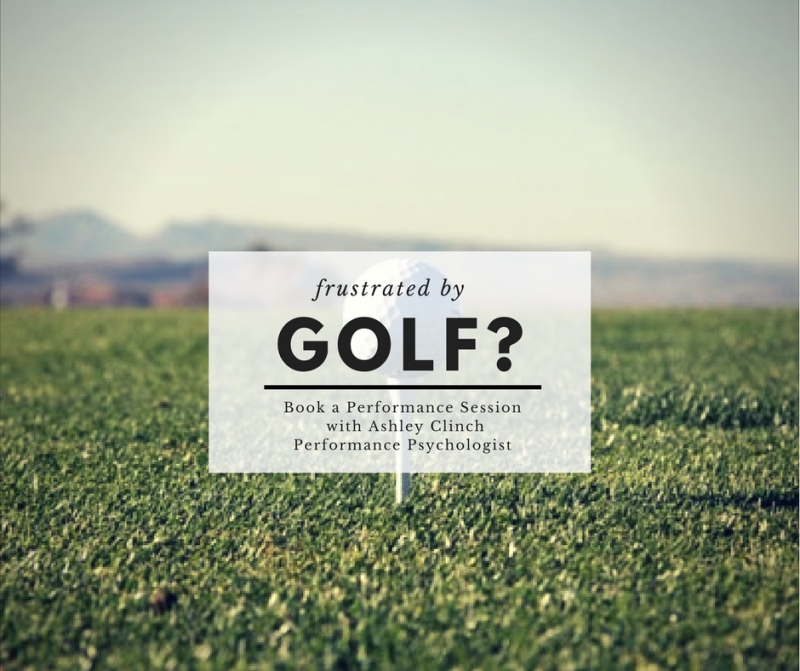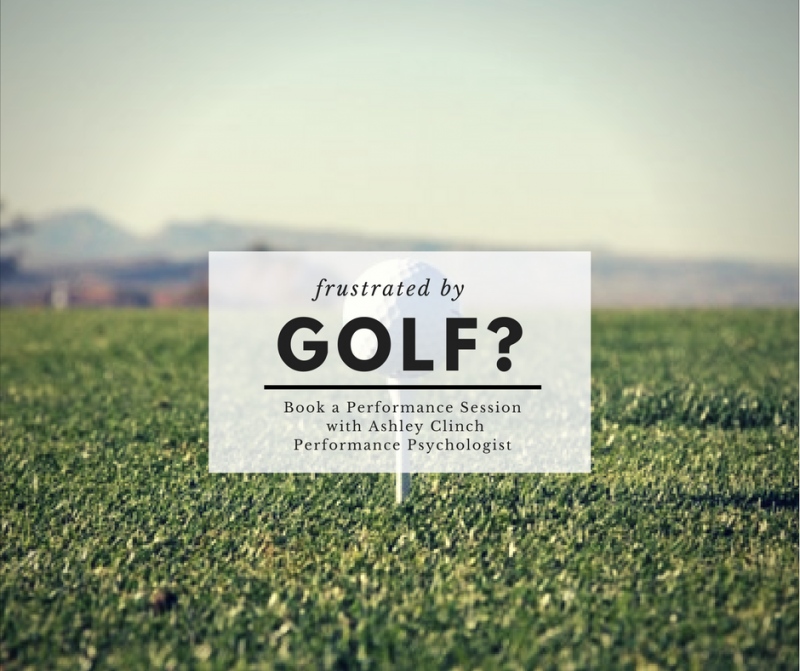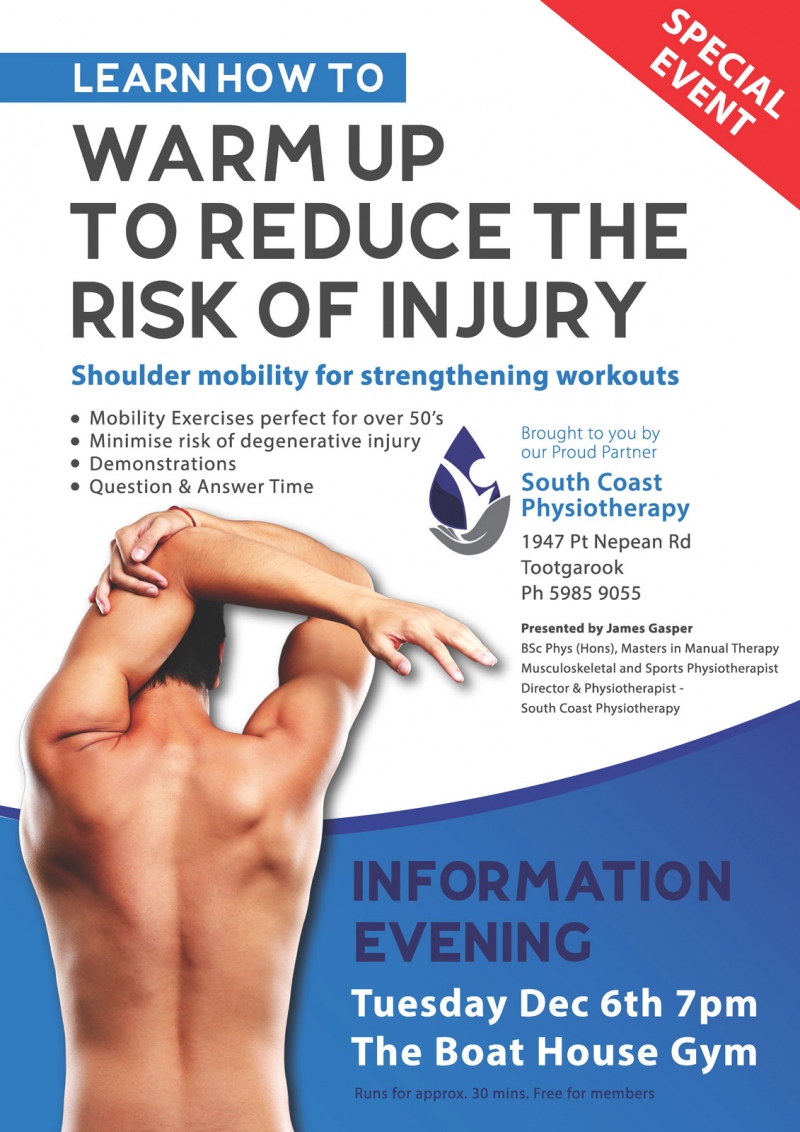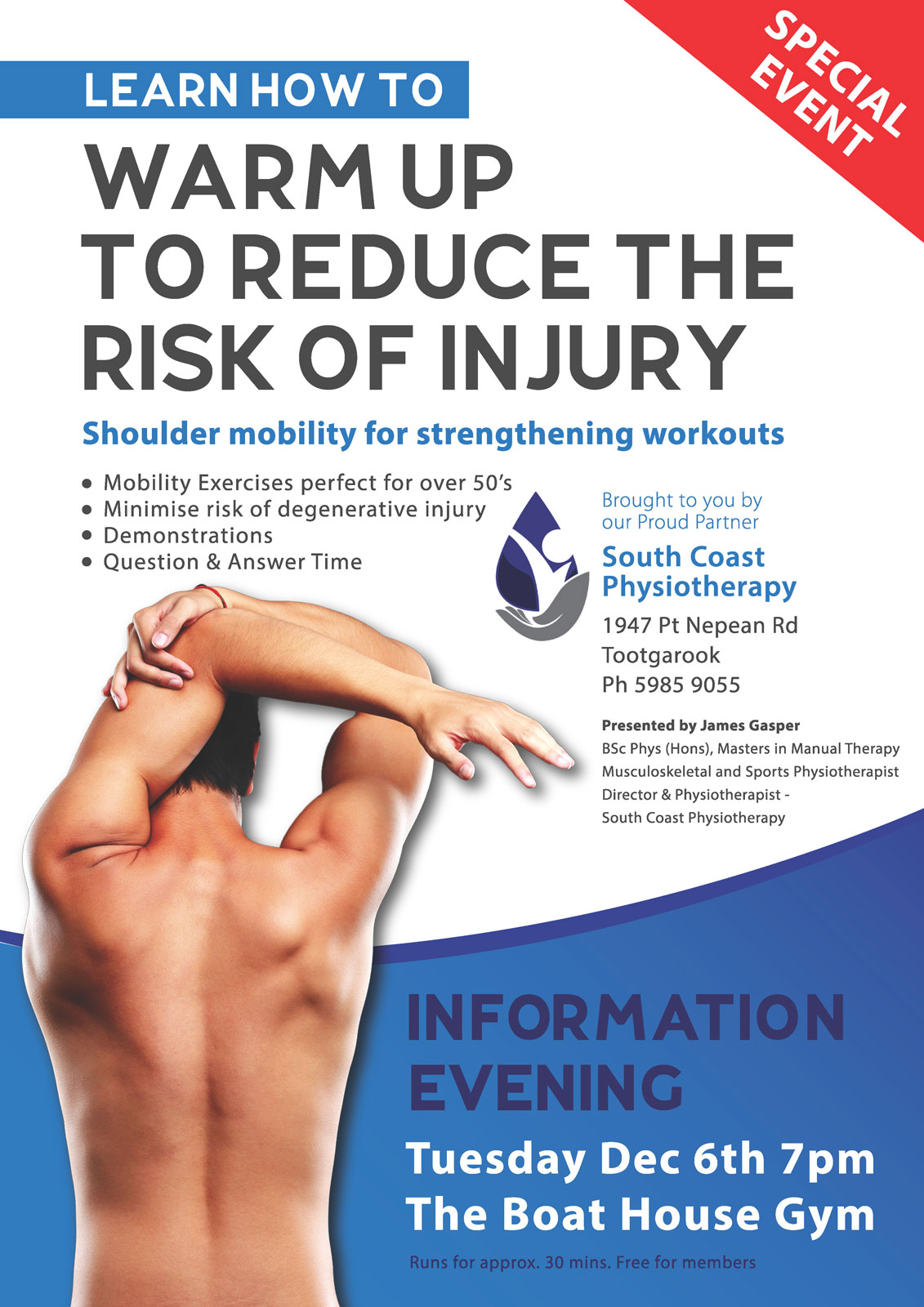Physio Blogfrom the team at South Coast Physiotherapy

James Gasper
bebetter HEALTH
Myotherapist and Exercise Physiologist Joining The Team
Jen Baker

Jen will initially be available on Mondays, Tuesdays and Thursdays.
Contact reception to book an appointment.
Catastrophizing
How making mountains out of molehills will hinder your rehabilitation
We live in a society where we are constantly bombarded with information, be it on the TV, on social media or in old fashioned printed newspapers. News has reached such a saturation point that journalists and news organizations seem to be predicting a global catastrophe at every opportunity in order to get our attention.
As well as this exaggeration of negative outcomes being rife in the media it also plays a role in the treatment and management of injuries and illnesses. It is well documented how catastrophizing about pain, function or diagnosis following an injury plays a negative role in rehabilitation. Studies have shown that it leads to worse pain outcomes, increased disability and increased emotional stress.
Many of these negative beliefs are a result of real fears and vulnerabilities, which are associated to trying to return previous activity levels. Fear of re-injury and fear of failing to return to a level of function required for a sport or work place, can all create low self-confidence and foster an environment for catastrophizing and even lead to a point where patients can obsess over injuries they may not even have. An example of how this can happen is shown in the table below.
|
Logical thought and reasoning. |
-> |
Semi Logical thoughts with increasing fear avoidance. |
-> |
Catastrophising and fear avoidance |
|
|
‘I have a sore back. Maybe I shouldn’t have lifted that table yesterday. I should avoid lifting heavy things for a day or 2.’ |
‘I think I need a scan. I could have blown a disc. I had better rest and avoid all lifting.’ |
‘The disc could be pressing on a nerve and my back feels unstable. I shouldn’t bend or lift anything.’ |
‘My disc has popped out and has compressed a nerve. Any movement could leave me in a wheelchair. I will never be able to get back to work.’ |
||
Once a full assessment has been completed and any serious pathology has been ruled out it is important that these psychological issues are addressed as well as the physical impairments. This is true both for the elite athlete returning to an Olympic sport or a retiree returning to a walking group.
One of the best ways to address this is for the patient or athlete to have a clear understanding of their diagnosis and the realistic timeframes involved in the healing process. Knowing the healing time and the healing capabilities of the injured structures and how age, general health and previous injuries will affect this process will enable them to feel more in control of the whole process.
As well as education on the injury, having good communication between the patient and their treating clinicians is also vital. If the rehabilitation does falter it can be addressed quickly, avoiding frustration from the patient which could lead to the negative believes mentioned above and a loss of confidence in the clinician.
As with many areas of health care this sounds very straightforward in theory, but in practice it certainly is not. Treatment plans can get complicated and confusing if there are too many people contributing to it. This is definitely the case when Dr Google or well meaning family members get involved. Also the diagnosis itself is rarely straightforward and often involves more than one structure.
Ultimately having trust in the health practitioners and Doctors that are managing your injury is the key. If you do not have it then you either need to speak to them about it or find a new team.
Golf with Ashley Clinch
How do you practice golf? If you have a regular job, with a family your time would be limited. Play on the weekend, practice after work one night a week in winter if you are lucky.
Do you go to the range and hit a bucket or 3? Is that helping you improve? Most likely not. Tee it up, hit it, tee it up again, hit it.
Ask yourself honestly what would improve your golf game?
I know for me at the moment my putting needs to improve to shoot lower scores. I need to make more putts in the 6 to 12 foot range. Tour pros make around 65% of putts from 6 feet and 30% from 10 to 15 feet.
So my plan is 3 fold to improve my putting
- check in with my coach to see that my technique is sound.
- work on my mindset - yes even a psychologist can improve on this.
- work on some practice drills on the putting green to help in this range - the Spieth/McCormack gateway drill is a good one i have seen recently.
What is your plan for improvement? Contact me to book in for a Performance session.
Frustrated by Golf?
Sporting Injuries in the Younger Athlete

Pain in young athletes is a common occurrence, which is often described as growing pains and can be viewed by coaches, teachers and parents as part and parcel in becoming an athlete. With children growing up in a society of sporting heroes who live celebrity lifestyles the attraction of pursuing sporting careers has never been higher and therefore so to is the risk of picking up adolescent injuries.
Young Bones
A major reason for these injuries is due to the structure of their growing bones compared to the structure of a fully matured adult bone. The articular surfaces and the body of the bone all respond differently to stresses and loads when compared to mature bone. Immature bones also have growth plates that are vulnerable to shear forces and can interfere with the growing process. Added to this is an imbalance between the faster growing muscle and slower growing bone that can create traction forces at muscle attachments. All these factors create injuries that are unique to younger athletes and need to be diagnosed by professionals to ensure that long-term impairments are prevented.
Sedentary lifestyle
The prevalence of these injuries remains high even though there is good understanding of how they are caused and how to manage them. One of the reasons for this is an increased sedentary lifestyle. Children today are less likely to be walking too and from school, playing in the park or cycling to friend’s houses. Sedentary activities such as playing computer games and watching TV box sets are becoming more and more common. It can certainly be argued therefore that while participation in sports and school activities may have increased this sedentary lifestyle outside sport has lead to the kids of today having spikes in load from sedentary activities to high demand running and jumping with no in-between. This yo-yoing of activity creates the perfect environment for injury.
Physiotherapy Intervention
Luckily if these injuries are diagnosed early then their management is usually straightforward with minimal intervention needed. Reducing or in some cases stopping the sporting activity or the training load for a set period of time will generally allow for a full recovery and the sport can then be recommenced. As physiotherapists it is our job to ensure that factors such as poor training technique, biomechanical impairments, muscle weakness and unsuitable equipment are addressed. This will often involve assessment of sporting technique such as running, jumping, bowling or kicking (depending on the sport) and implementing strengthening and mobility exercises along with graded loading programs until a return to sport is achieved.
There are injuries that involve disruption to joint surfaces or growth plates, which are more serious and will result in longer periods away from sport and can even require surgical intervention. Early detection and management lead to the best results and it is therefore important for young athletes to have any pain or discomfort assessed and diagnosed. The majority of time they will be able to continue with their sport and can even come out of it stronger with less chance of future injury.
Take Home Message
Although pain in young athletes is often the result of their growing bodies being exposed to excessive loads their symptoms should not be ignored and professional assessment and management will not only be able to rule out any serious pathology but will more than likely result in them becoming a better athlete with less risk of future injury.
Warm up to reduce risk of Injury
Running & Arthritic Knees

Arthritic knee pain is very prevalent in the aging population and can lead to a reduction in activity at the very stage of life when we are trying to remain as active as possible. As physiotherapists a lot of our patient management is directed at keeping activities that will aggravate knee pain to a minimum and, at the same time, trying to keep the patient doing their hobbies and sports.
Old Wives Tales
Some sports and hobbies are more knee friendly than others but it is often not as straight forward as simply branding the ones that involve lots of knee impact as being the most dangerous. The old wives tale stating that too much running will lead to arthritis in the knees does not fit in with current evidence. Current evidence shows that individuals who run and have healthy knees are no more likely to suffer from arthritic changes than individuals who do not run.
Runners Vrs Non Runners
One study which supported this took knee x-rays of 50 year olds over an 18 year period. The subjects were split into a group that ran and a group that did not .The results showed no increased signs of osteoarthritic changes in the either group. Another study took an MRI of 7 runners before and after a marathon and they found that there were no signs of joint stress or deterioration after the race. Both these studies certainly point towards running not causing damage to the knee.
Further investigation into the effect of running on knees in animal studies showed evidence that running may have beneficial effects. A study in 1992 compared a group of dogs that ran to a control group that did not. They found that there was increased cartilage thickness in the groups that ran. Another study looked at mice over a 12 month period and found that a group who were kept active showed less signs of joint degeneration when compared to a group who had limited activity.
The evidence certainly sounds very clear cut but before you dig out your runners and head off to pound the pavements it is important to underline that the positive findings from these studies were mostly on individuals who have healthy knees.
Anecdotally, in the clinic, we certainly find that inactivity, be it spending long hours in the car or at a desk, is generally more detrimental to arthritic knees when compared to regular walking and sometimes even jogging. But I would strongly advise against heading out for a run as a way of attempting to reduce knee pain if you are not a regular runner and if you do not have a clear diagnosis of what is causing the pain.
Take Home Message
As with everything you read in books and on line, whether it is part of a gossip column or from a respected medical journal, the findings need to be related to your individual circumstances. As for arthritic knees we can recommend to people that they can continue running if they are a regular runner with no knee symptoms and that they will have no greater risk of degenerative changes compared to non runners. However if you have knee pain and are keen to start running or you are currently running with knee pain then I would recommend to have an assessment with a health care professional such as a physiotherapist to work on a safe running plan. Addressing factors such as running biomechanics, muscle strength, foot wear and the intensity and frequency of your running program all play a roll in implementing a safe running program. Ultimately, however, there will be levels of knee arthritis where running is not appropriate and in these situations it is important to look into more suitable exercises and activities.
Turmeric
Medical and Health care practitioners are advising more and more patients with inflammatory joint issues to take Turmeric as a natural form of pain relief. Although there has been a recent increase in the use of this herb it is not new and has been used for thousands of years in both Chinese and Indian medicine for a wide range of ailments including digestive complaints and chest pains.
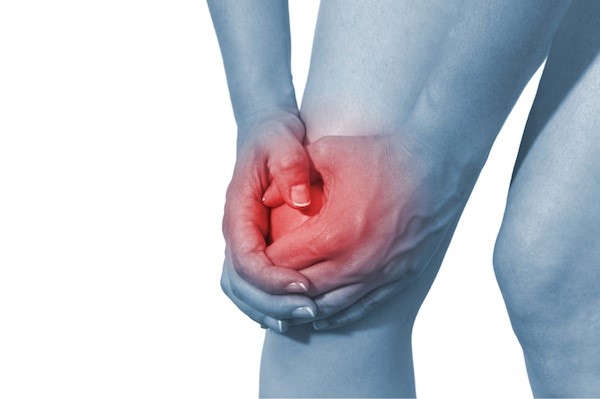
Turmeric powder is the ground root of the turmeric plant and is what is responsible for the yellow colour in our curries. This yellow pigment is called Curcumin and is thought to be the primary pharmacological agent in Turmeric.
Anti-inflammatory properties
Curcumin has powerful anti inflammatory properties and its effects have been comparable to Ibuprofen but without the toxic side effects. However the amount of Curcumin in turmeric is low and therefore you would need to take large quantities for the desired effect. Luckily for us in the competitive and profit driven world of pharmaceuticals and natural medicines there are plenty of turmeric powders, tablets and capsules from numerous different companies.
There is no definite data or reliable studies at present comparing different brands and anecdotally the message from patients does not seem to point to one brand being better than another. However we do know that Curcumin is not well absorbed when taken orally and it is therefore recommended to take them with black pepper and iperine to aid absorption.
Joint Pain
The anti inflammatory properties of Turmeric make it a useful and safe way of managing inflammatory joint pain. A recent study found that a Turmeric supplement provided long term improvements in both pain and function in 1000 patients suffering from knee Osteoarthritis (OA).
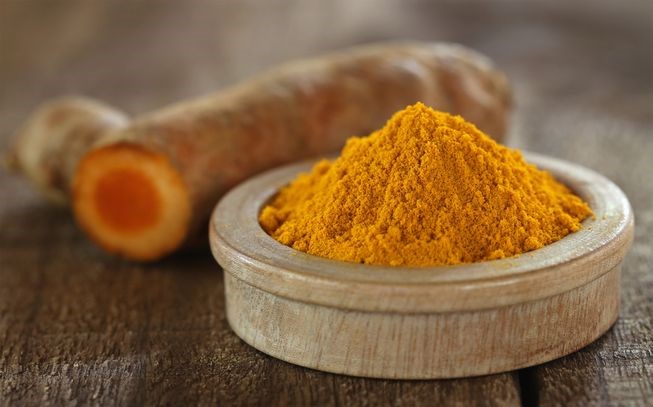
Given the high prevalence of OA in our aging population and the associated problems it brings in regard to reduced activity and quality of life these positive findings will help future management of this condition.
Side Effects
Although Turmeric does not have the toxic side effects that are associated with other manufactured pain medication it does have side effects that people need to be aware of. It has been recommended to avoid using it in the lead up to surgery or when pregnant and high does can thin blood and therefore care needs to be taken when on any form of blood thinners. As with all medication, whether it is manufactured or natural, it is vital that your Doctor is aware of all the drugs you are taking and if in any doubt in regard to doses or brands then they should be consulted.
Conclusion
Turmeric has been around for a long, long time and used for various different ailments. Being a physiotherapist and working with musculoskeletal complaints I have focused on its anti inflammatory benefits and there is certainly scientific and anecdotal evidence that it has beneficial effects for inflammatory joint conditions. I therefore happily recommend it to patients with these complaints. The research is ongoing into what effects this drug has on the pathophysiology of certain diseases and I am confident in the months and years to come there will be more information regarding its benefits.
Nordic Walking – Skiing without the Snow…
I have recently been looking into Nordic Walking and its place as a treatment option for patients. This was after a surgeon had specifically recommended it to a patient for her rehabilitation post knee surgery. I have been aware of Nordic Walking for a number of years but have never involved it into rehab programs and therefore thought it would be a good area to look into and see if there is any evidence supporting its beneficial claims.
Nordic Walking is a total body version of walking, which has evolved from cross country skiers doing off season training. If you picture cross country skiing with no snow you have a pretty good picture of what it looks like.
I first came across Nordic Walking four years ago when a colleague was promoting it to her patients as an exercise that had all the benefits of walking with added upper body engagement. My colleague was a German physiotherapist who had seen the benefits of it back in Europe where it was a popular form of exercise.

